Rail usage bounces back with 20 per cent annual growth
New figures out today show passenger numbers on UK rail grew by twenty per cent in the last three months of 2023 and now almost back to pre-covid levels.
This has occurred despite strikes and the Department for Transport ordering service cuts and fleets to be scrapped nationwide in a short term attempt to save money.
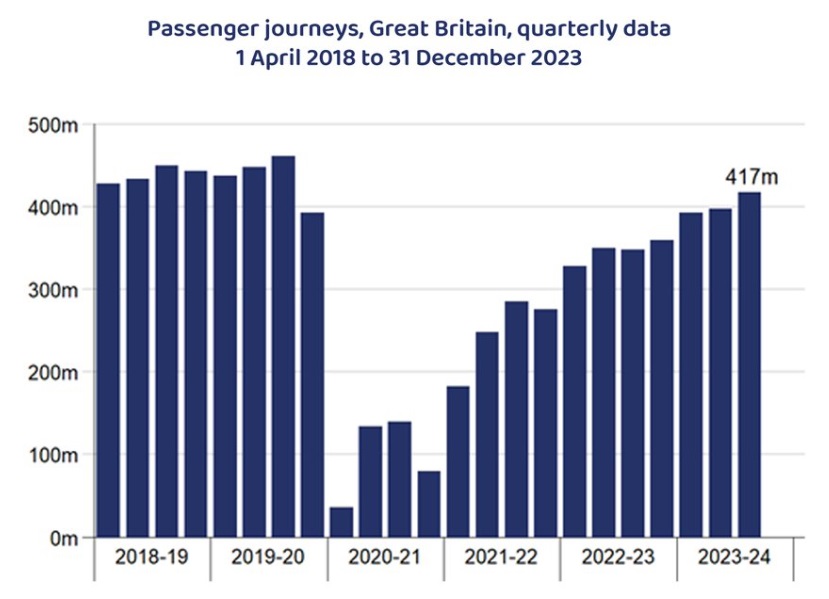
Funnily enough those short-terms attempts to save have long-term costs and I was reminded of that when looking at Greenwich station usage while writing a post earlier on a housing development now underway nearby.
Southeastern are wholly owned by the Department for Transport who pushed for steep reductions in services through Greenwich station. Southeastern used to run six per hour through the station, then it went down to four when Thameslink begun before it was cut again to just two Southeastern services per hour.
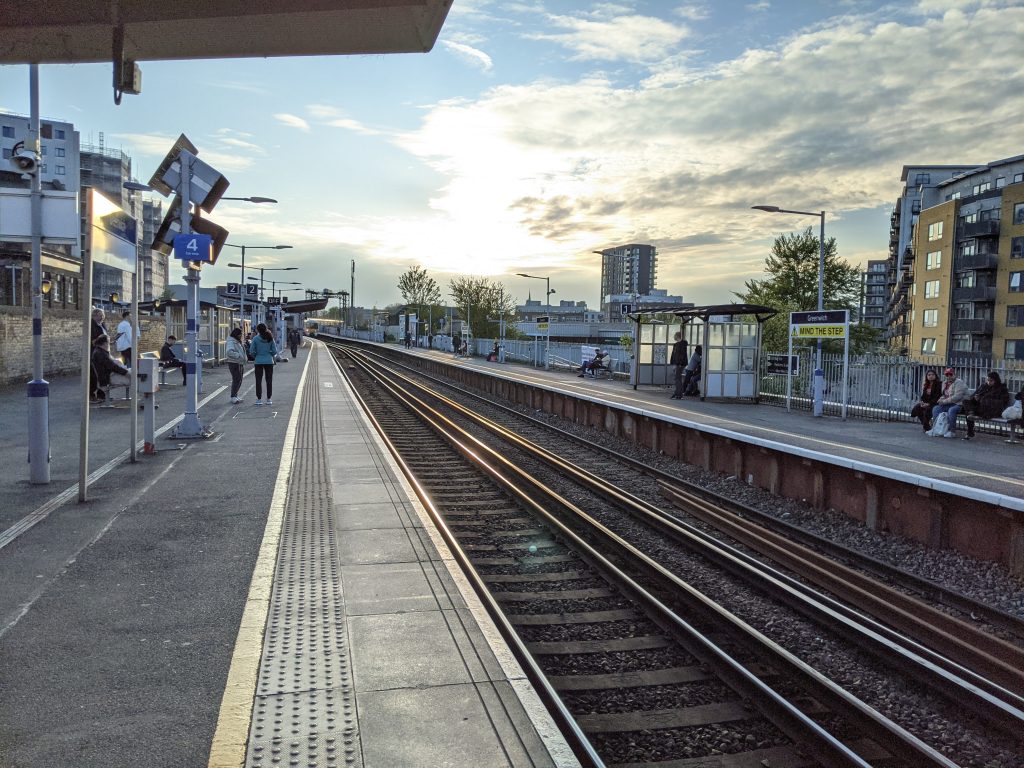
Meanwhile Transport for London have generally retained DLR service levels at pre-covid levels. What’s happened since? Well, by 2022 DLR passenger numbers were back to 2018 levels. On Southeastern where 27 minute gaps between train became the norm where 10 minutes was once standard, they fell by a third.
Do cuts cost more in lost revenue over time than they appear to actually save?
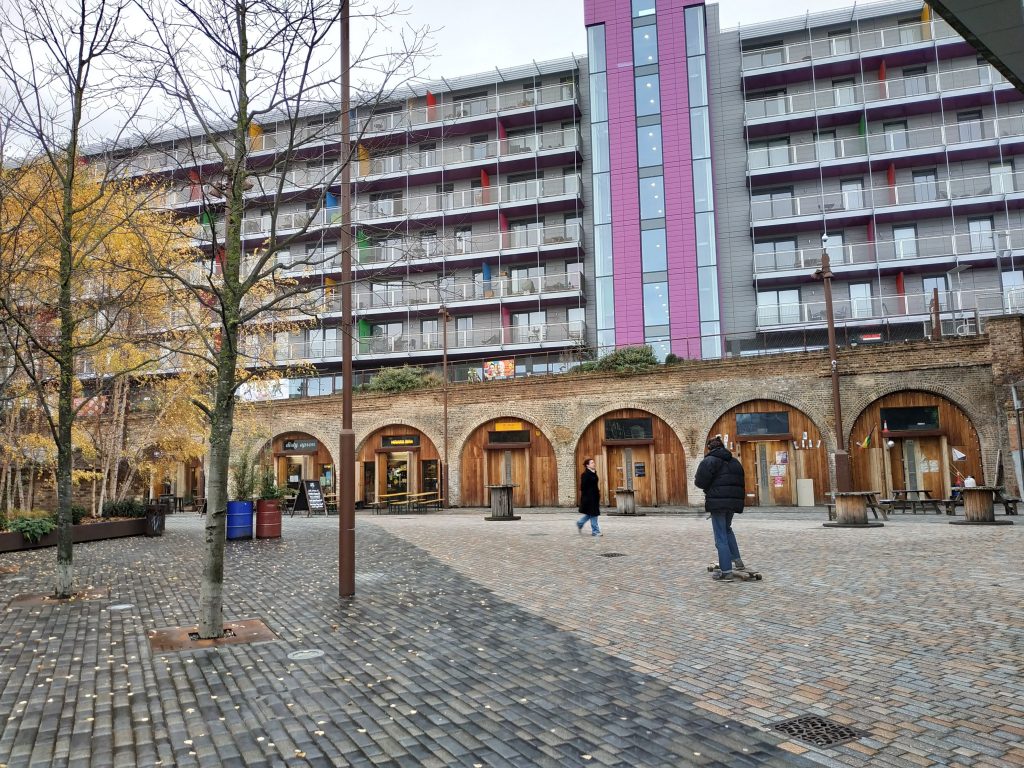
For Greenwich see also the next station along at Deptford (many new homes here) or further out in places like Woolwich Dockyard (hundreds of homes underway here) or even Abbey Wood, where once the Elizabeth line begun Southeastern appeared to think they can cut forgetting people may actually want to use SE Metro services to reach the Elizabeth line from areas such as Dartford (lots of new homes – note a pattern) and towards Medway (yes, more new homes underway around Stone Crossing station and beyond).
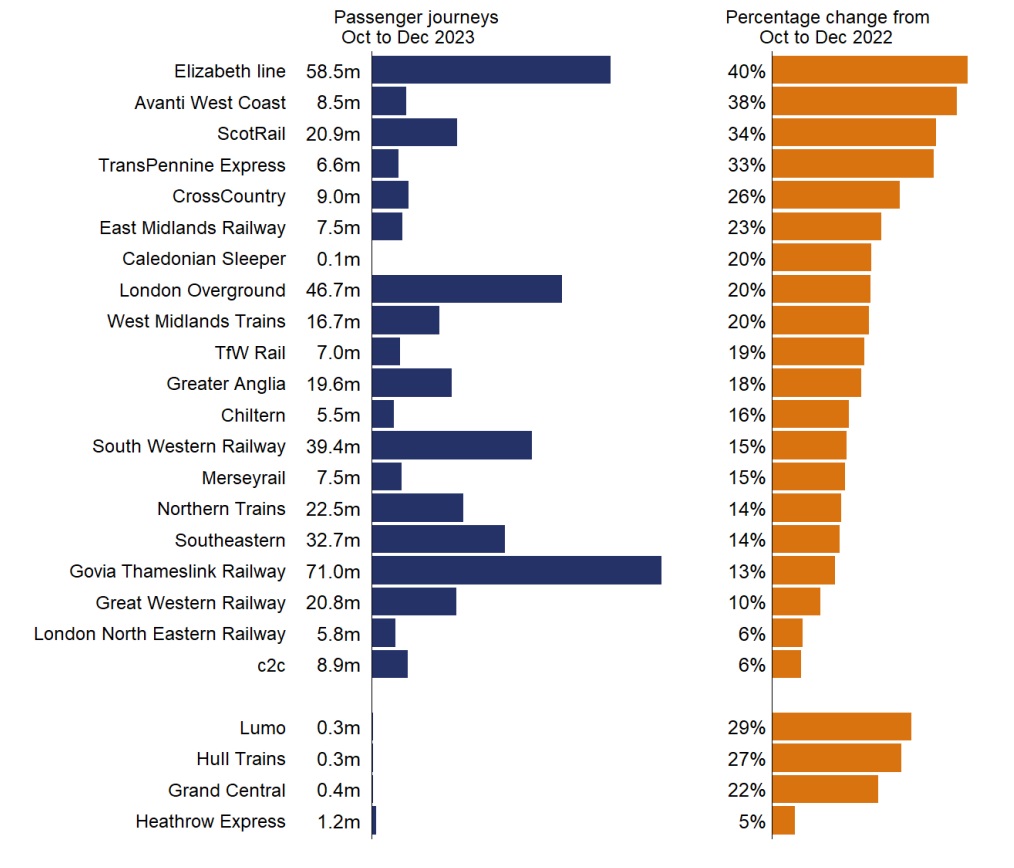
Lagging
In terms of recovery, Southeastern are lagging nationwide figures.
They saw 15 per cent annual growth compared to to 20 per cent. Still strong, but perhaps not as good as could be expected.
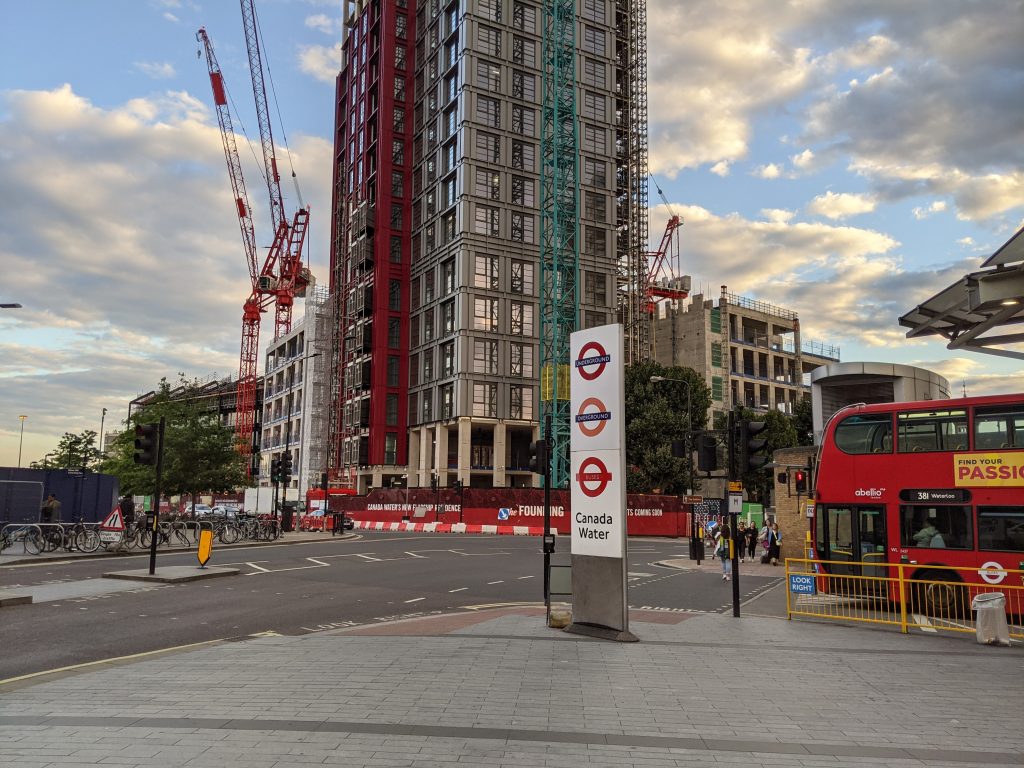
The company have previously stated the Elizabeth line as a factor in somewhat sluggish recovery yet London Overground saw 20 per cent growth and are now back to levels seen around 2019.
The DLR too has exceeded TfL’s predictions for recovery and both LO and DLR growth have exceeded Southeastern Metro – despite many SE Metro stations seeing substantial new housing in the vicinity.
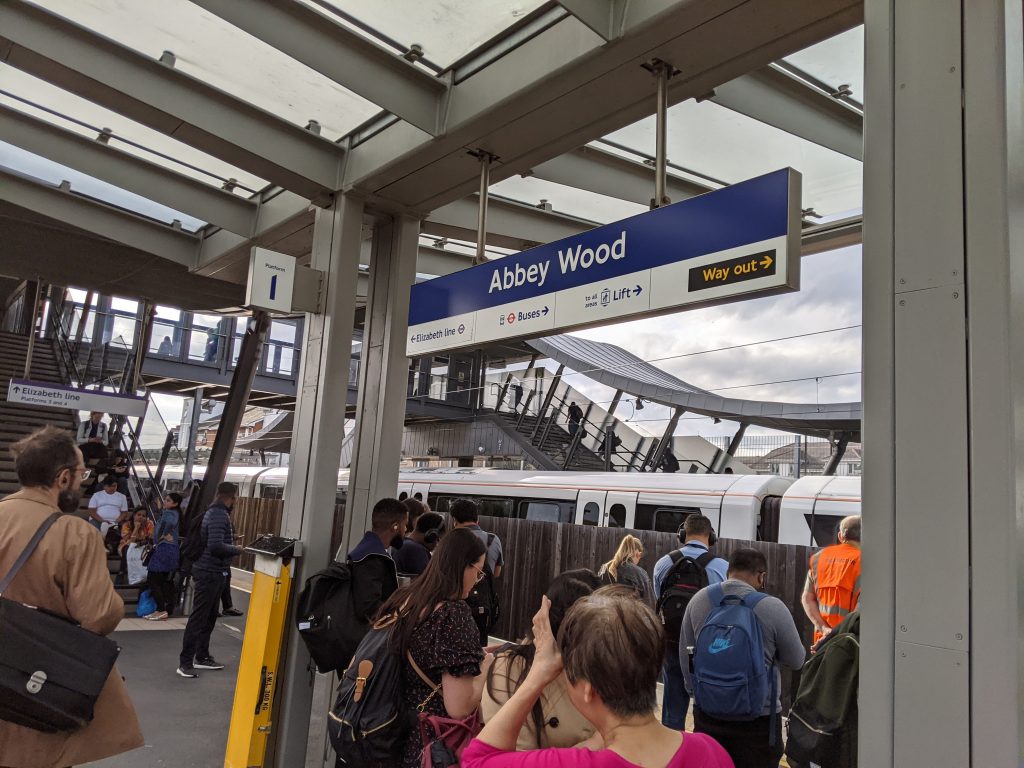
All would expect to see a move of passengers to the Elizabeth line, but the difference is Southeastern saw service cuts while both the DLR and LO didn’t which could exacerbate the impact with Southeastern.
That and people turn to cars. Clogged roads around Abbey Wood station each day are testament to that.
There’s also buses of course and TfL are playing a blinder with Superloop offering express links to Abbey Wood station from Bexleyheath station as well as Sidcup (did I mention new homes rising beside the station there?).
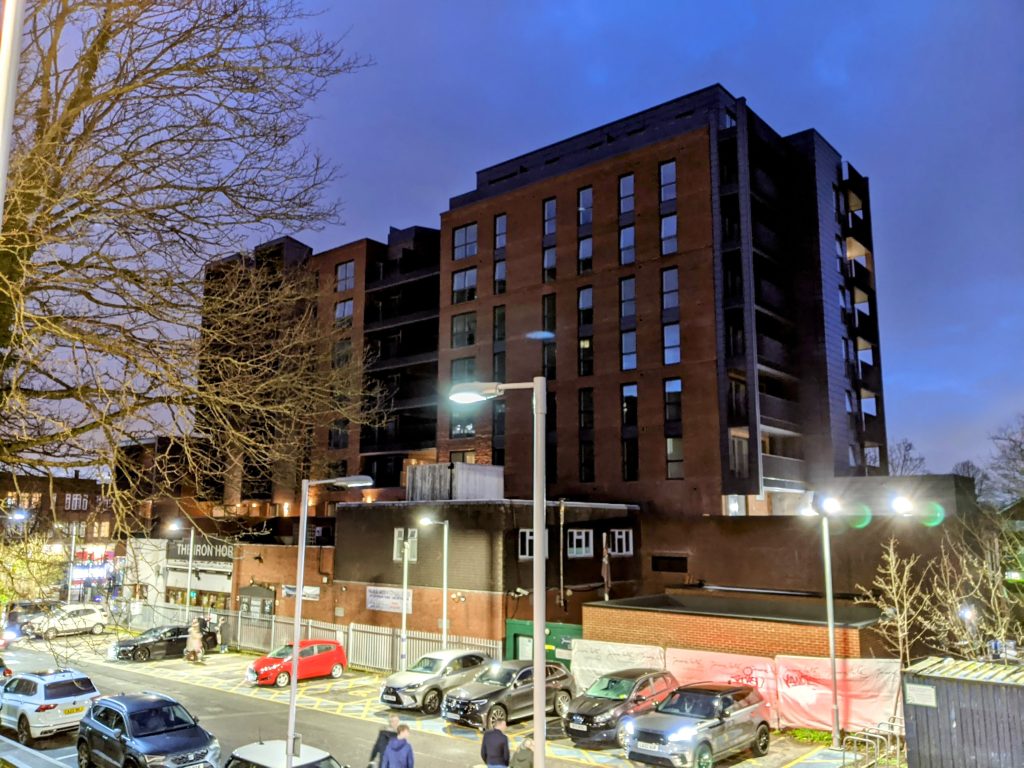
Other south London train operating companies have also seen service cuts and lost rolling stock. Southern saw 46 trains serving Metro areas withdrawn and then a further 20 Class313s withdrawn further stretching the fleet.
South Western Railway have seen trains scrapped before the long-running saga of introducing the Class 701 fleet was resolved.
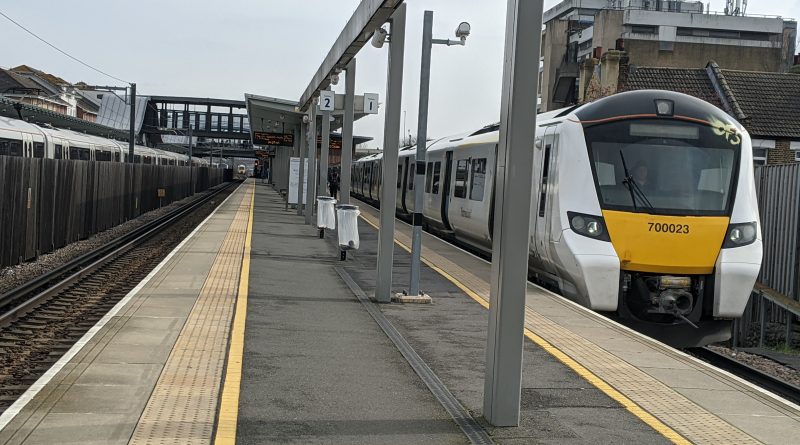
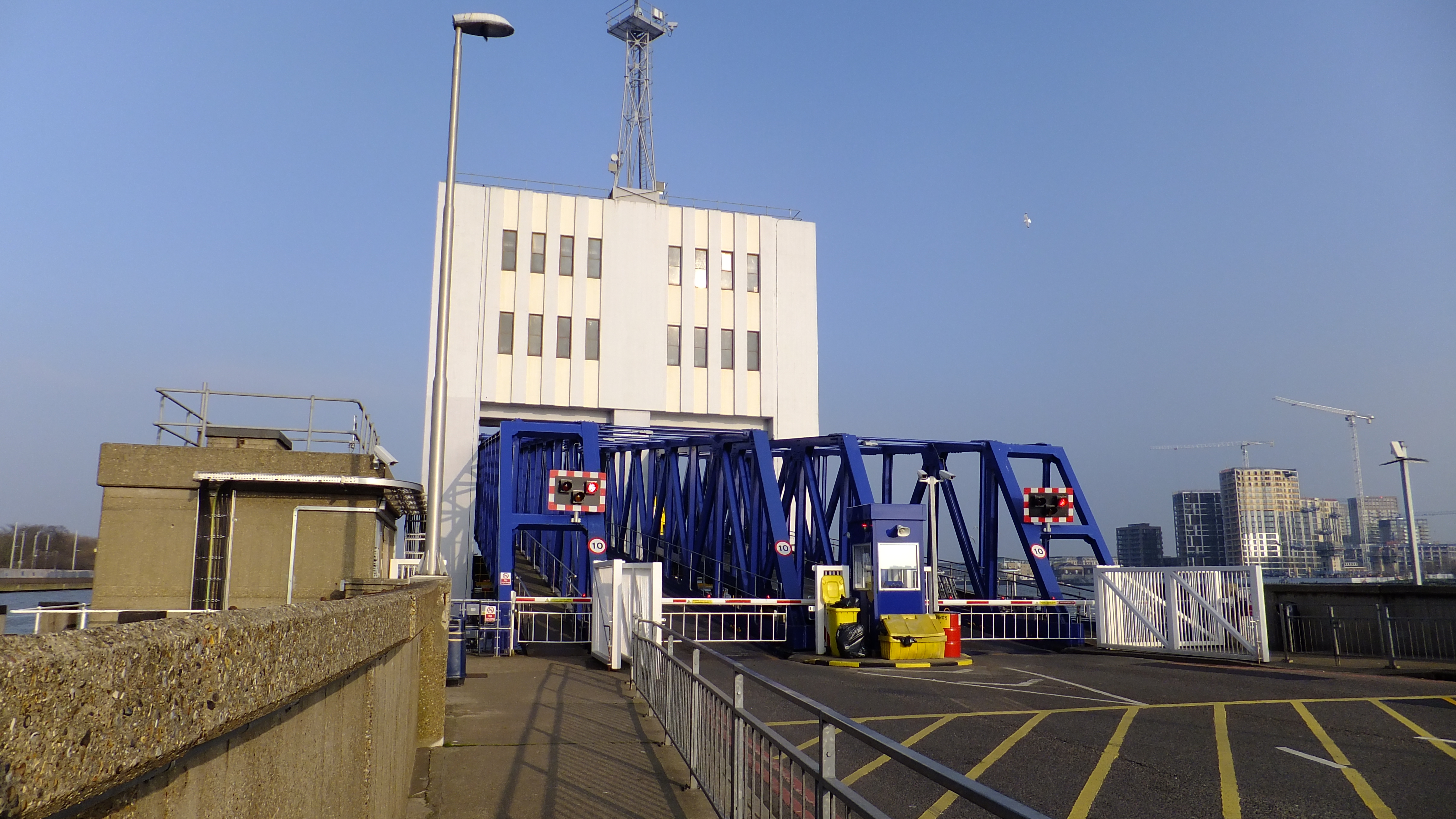
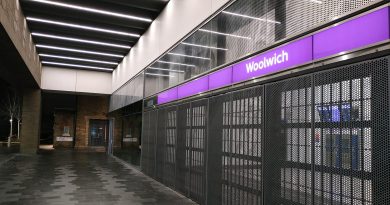
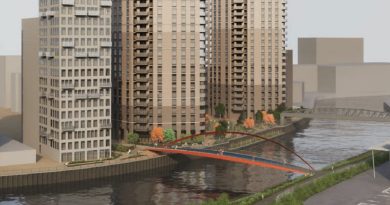
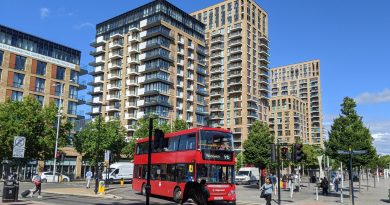
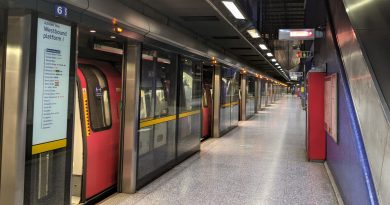
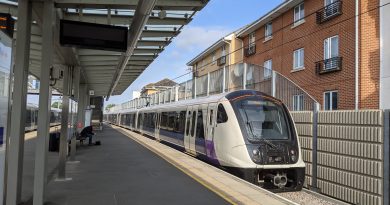
Will a 20% increase translate into 20% more invested in their dilapidated stations and graffitied trains I wonder 🤔
Income goes straight to the Treasury
In rush hour, Southeastern used to run 9 trains an hour through Greenwich prior to the rebuilding of London Bridge that started in the middle of the last decade (I.e. up until was it 2015?) including between the hours of 7 and 8am where they still only run two per hour. That’s a cut of 78%!
The cuts to the SE North Kent Line in recent years have been absolutely wild. When there were 2 tph to Charing Cross, 2 tph to Luton and 4 tph Cannon St, Abbey Wood felt like one of the best connected places in London. That was even before the Elizabeth line and the start of a direct bus service to North Greenwich!
The Elizabeth line is obviously a boon, but these cuts are weighing on its potential. If there were genuinely good options for getting to annd from Abbey Wood from around Greenwich borough, Bexley and Dartford, you would pack the trains and take thousands of cars off the road. As it stands, the choice is between a 30 minute wait for a train on to Kent, piling onto a packed bus on an ugly flyover, driving and paying £15 a day for parking, or cadging a lift. The crazy queues picking up and dropping off, that are slowly killing Wilton Road as a place you’d want to spend time, are the inevitable result.
Abbey Wood needs a proper reliable metro service to complement the Elizabeth line. 4 tph stopping services to Dartford and 4 tph rounder services on the Sidcup and Bexley lines would be a boon. Where they go in London hardly matters anymore – for most it’s just as quick or quicker to take the Elizabeth line and change for Charing Cross, Waterloo, Cannon Street or any of the Thameslink stations. Run them all to Cannon Street via Greenwich if that eases pressure on the signalling system – that also solves the problem of Deptford-Maze Hill-Westcombe Park getting barely any services these days. Send the Thameslink down one of the other lines through Lewisham to Dartford.
Okay Woolwich and Abbey Wood lose their rail link to Lewisham, but it’d be just as easy to train to Greenwich or Elizabeth line to Canary Wharf and take the DLR, or there are (or could be) bus options.
Extra services seem like an easy win that would pay for themselves through higher fare income, and efficiency and health gains by allleviating road traffic.
New Greenwich resident, interesting to read the history of rail service and realise how far it has fallen compared to pre-COVID. Especially as they (rightly) push to build many more homes along the Greenwich line.
I don’t know enough about rail economics to be sure that extra services would pay for themselves, even during peak hours. But surely the wider benefits – accommodating new residents, increasing access to businesses to create jobs/stimulate economic activity, etc. – are a no-brainer.
Have Labour MPs and candidates taken a position, given government ownership of Southeastern and the likely change of government?